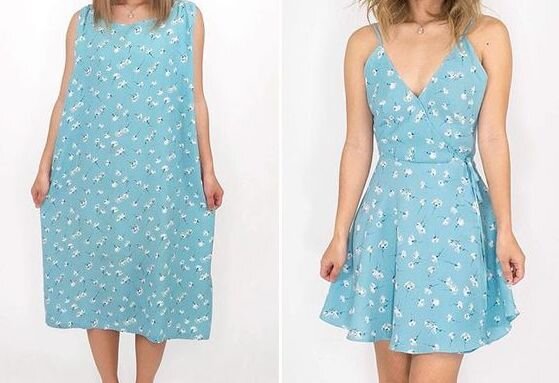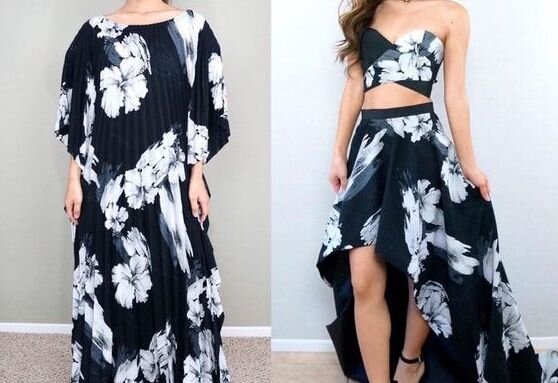Can size inclusivity and ethical fashion coexist?
Do you have a hard time finding your size when shopping for clothing? If the answer is no, then it’s probably safe to say that you benefit from thin privilege. Thin privilege isn’t a new concept, in fact it’s a concept that women (mostly) have been shouting about for years.
So what exactly is thin privilege?
Let’s break it down. Privilege can be defined as “a special right, advantage, or immunity granted or available only to a particular person or group of people.” When applying this definition to thin bodies, it means that those who have thin bodies are granted certain advantages over those who aren't considered ‘thin’ by society’s standards.
There’s been a lot of controversy around the concept of privilege lately and it mostly comes from a defensive, misunderstanding of the concept. Many of us don’t experience the day to day challenges of those who don’t benefit from certain privileges, and there are several.
White, male, able-bodied. Just to name a few...
And while the ethical fashion movement highlights the familiar issues around fast fashion’s impact on the earth and the livelihood of garment workers, it is yet to fully make space for size inclusivity.
Considering 80% of garment workers in the fashion industry are female, it’s safe to say that the issues highlighted by the ethical fashion movement are indeed feminist issues.
Ethical consumers are urged to understand how and where products are produced, but surely we should go take that extra step and strive for the awareness around brands that produce products that include women of all shapes and sizes.
Understandably, the problem often lies with the fact that many ethical fashion brands are small, independent ventures who produce a limited amount of product, and as we have seen, with increased consumer demand, such a change could soon be on the horizon. But, as ethical consumers, the demand needs to be championed by us for this change to actually come into fruition.
But what really motivated this article was the trending #ThriftFlip videos circulating the ever so popular TikTok. Who doesn’t love a good ol’ thrift flip? In fact, thrift flipping is one of my fave past times, albeit most of which have been unsuccessful, but that’s besides the point.
It was just last month that I spent the afternoon rummaging at Savers, an essential service here in Melbourne apparently (?) and I took home a nice little haul to flip during iso. I turned a gorgeous vintage, maxi tunic, into fitted high waist number. I was feeling pretty damn proud of myself until I saw a video about ethical thrifting.
Many thrift flip transformations are in fact thrifters finding larger sized, preloved pieces and resizing them to fit smaller framed bodies. It’s already a struggle for those who don’t benefit from thin privilege to find first hand clothing in their size, let alone in a thrift store.
And although thrift flipping is a great way to give garments a second life and even save them from landfill, should those who are lucky enough to fit within society’s rigid window of sizing leave larger sized clothing, as is? Or if thrift flipping the overall style to sell, should we at least preserve the size of the garment?
I don’t have the answers, but I do think that vintage sellers, although challenging, should strive for size inclusivity as much as possible and that more space for size inclusivity needs to be made in the ethical fashion narrative.



